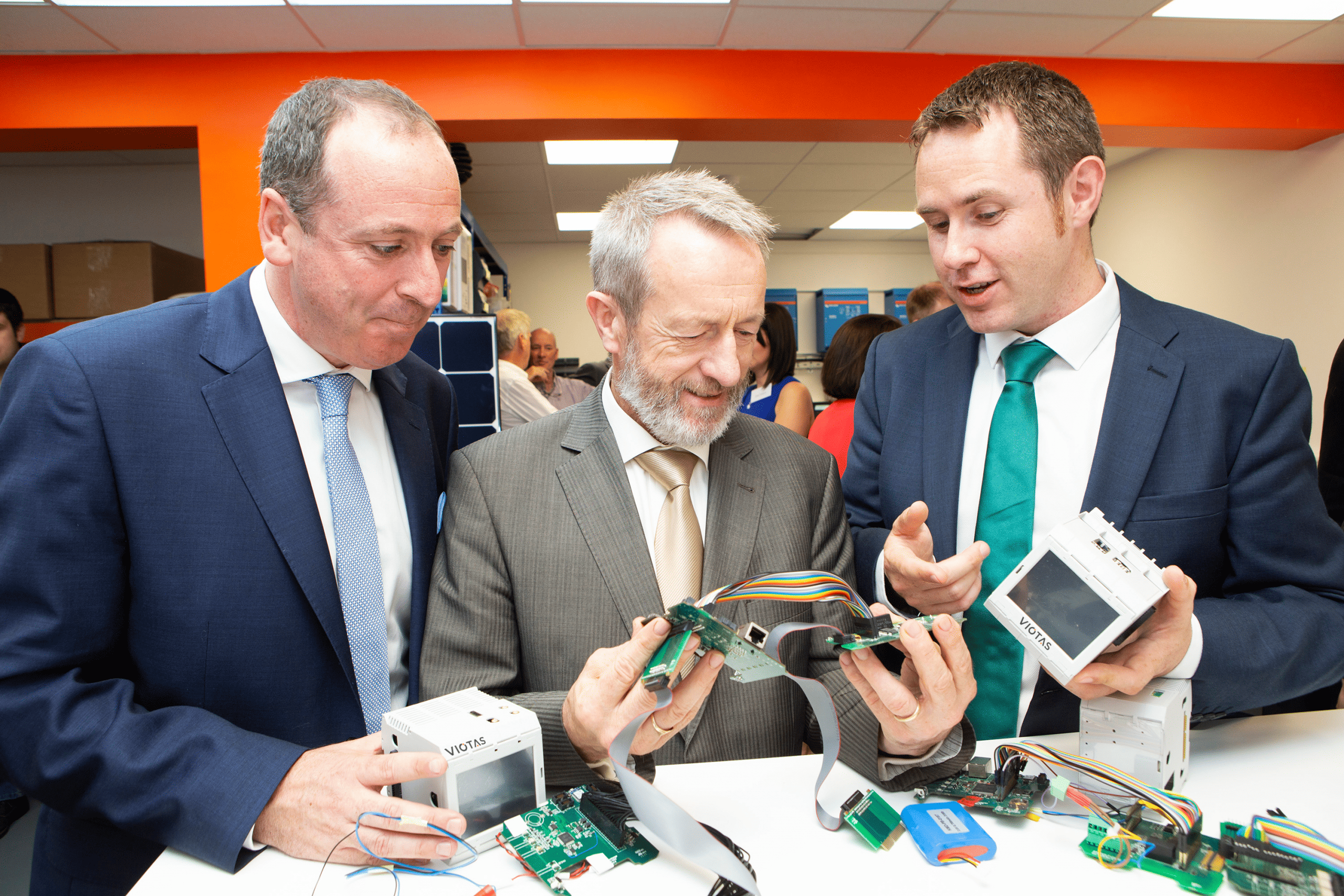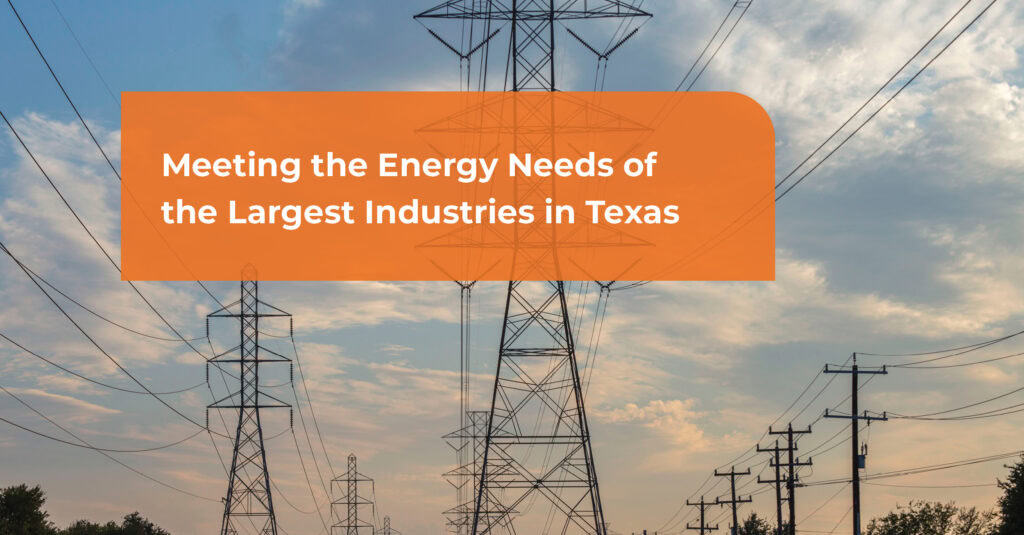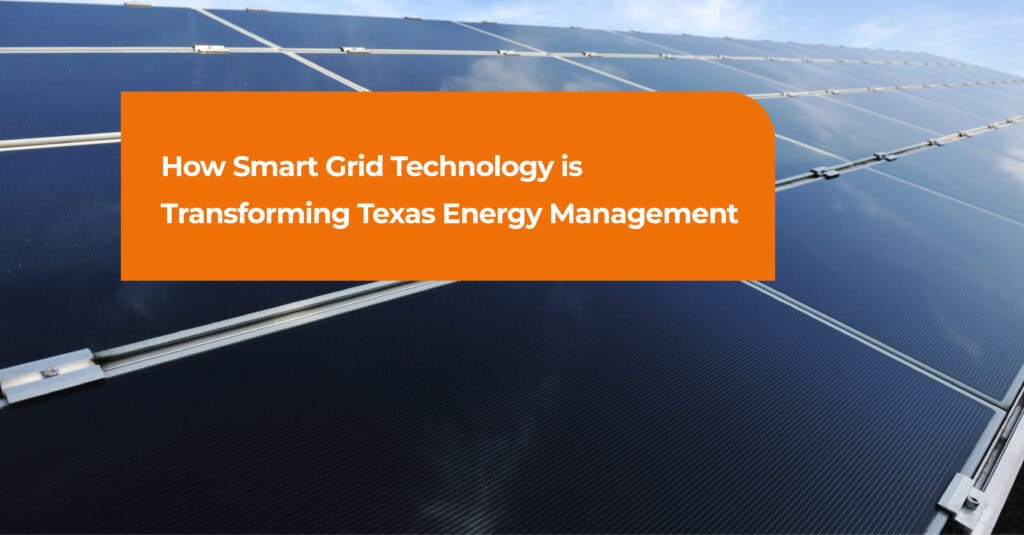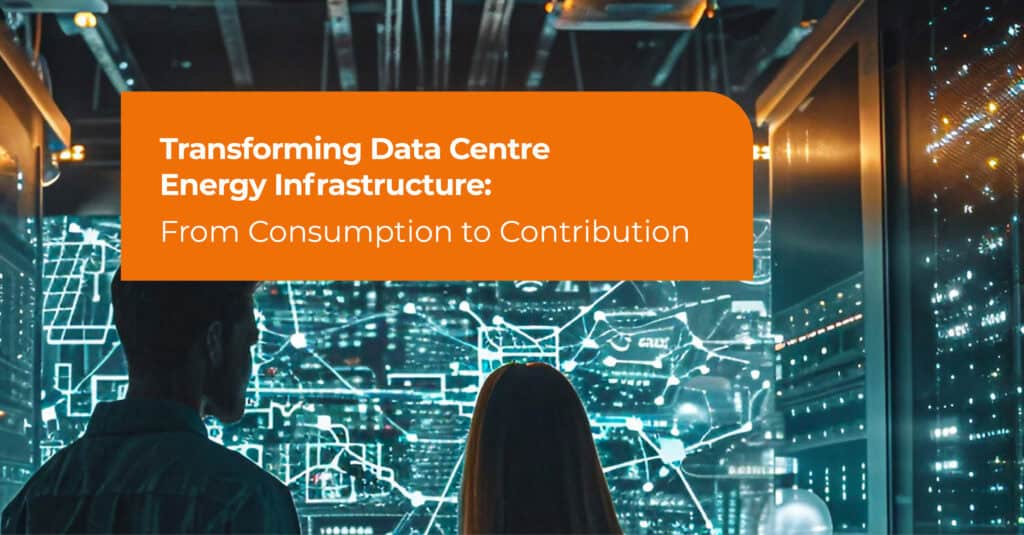
Get Smart as the Climate Change Paradigm Shifts
“We all need to help address the climate change crisis,” says Dr Paddy Finn, chief executive of VIOTAS. “People tend to think that this is mainly an altruistic endeavour. But we are particularly exposed to rising energy costs and supply shortages because Ireland doesn’t have ample indigenous fossil fuel resources.
“However, we do have onshore wind, early-stage development offshore wind and a growing solar industry. We also have electricity customers that can be flexible with how they use power.”
Changing how we use energy to reduce Ireland’s reliance on imported fossil fuels will also help retain value in our economy. “If you have a gas power plant, the money from Irish electricity customers’ bills is going abroad, to Russia, Norway or Great Britain, to pay for their fuel,” said Finn.
“We have battery systems on the grid, but the money they are paid largely goes on cost recovery of the battery assets that have been bought from south-east Asia or other markets. If you instead pay Irish electricity customers to be flexible in how they use electricity, you are keeping all of that money in the Irish economy.”
He describes how the last century focused on improving the efficiency of how electricity is generated for the power system, but this decade will see a concentration on efficiencies in how the electricity system is used.
“The key change we need to make is an amalgamation of IT and the power system, and how we use smart energy systems to maximise the use of electricity generation assets that already exist, rather than having to build more grid infrastructure.”
The push towards higher levels of renewables on the power system, and greater pressure in international fossil fuel markets, strengthens the case for the electrification of transport and heat, Finn says.
“We are looking to decarbonise all sectors, and two key contributors to carbon in Ireland are transport and heat. By electrifying those sectors, we can power them by renewable sources already integrated on our power system.”
With its large industrial clients, VIOTAS looks at how processes can be more flexible. “We help them ensure that their processes can reduce power from time to time without having a negative impact on their business,” said Finn. “This allows them to generate additional revenue by taking part in our grid support programmes that reward this flexibility.
“When SMEs are trying to introduce new processes into their business, they need to start designing their processes in a way that they can reduce their power consumption for periods of time, allowing processes to be delayed without having a breaking impact. This will enable significant rewards for their businesses in the future.”
“At VIOTAS, we see our customers earn money by simply being willing to be more flexible.”
Finn says the current national smart metering programme, being rolled out by ESB Networks, will help businesses optimise their electricity use and enable participation in incentives that are currently only available to large industries.
Initiatives like this and the recently announced ESB Networks National Networks Local Connections Programme will provide a greater range of opportunities to reduce the carbon footprint of electricity customers. Over the next decade, the relationship that SMEs and homeowners have with the electricity system will be transformed, from a one-way system as customers to a two-way relationship as active customers and sellers.
“Not only will they be able to sell power from their roof-top solar panels, batteries, and electric cars back to the grid, they will be able to profit from their willingness to reduce or increase the amount of power they are consuming in order to support the wider power system,” said Finn, referencing the government’s forthcoming microgeneration programme.
This might sound like a headache to manage, but it won’t be, says Finn. “It will be largely autonomous and as simple as changing preferences on devices to tell them how flexible they want to be.”
“For example, customers will set temperature tolerance bands on their thermostats, set how many kilometres range they need in their electric car and set what time they need their dishwashers to have completed their cycles by. This will allow these devices to optimise their operation around electricity market incentives, but within user constraints.”
We will start to see the emergence of smart-grid enabled devices that will allow homeowners to benefit from actively participating in the electricity market.
“In the same way as consumers now choose A-rated appliances that can save them money, they will be able to choose smart-grid enabled devices. They will then be able to go online and sign their home up to a demand response aggregator such as VIOTAS, in the same way as they sign up to an electricity supply company now,” said Finn.
“SMEs and larger businesses will benefit substantially from using their building management systems, which can generally be retrofitted with smart-grid enabling technology, as well as time-discretionary systems within their production processes to participate in these programmes.
“My advice to businesses now, as they look towards the future, is to design their processes to be less time-sensitive. The ability to reduce the electricity being consumed by their processes at short notice will generate additional revenue for their business.”
Full commercial report available at Business Post: www.businesspost.ie/commercial-reports/get-smart-as-the-climate-change-paradigm-shifts-1b049177



